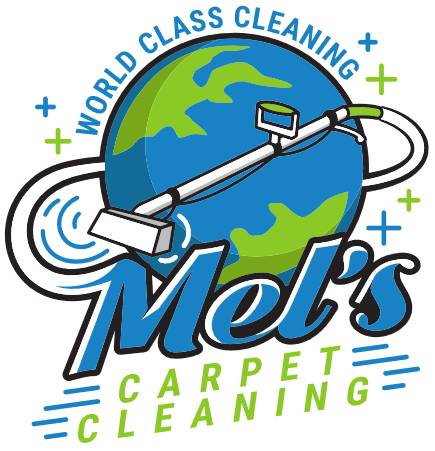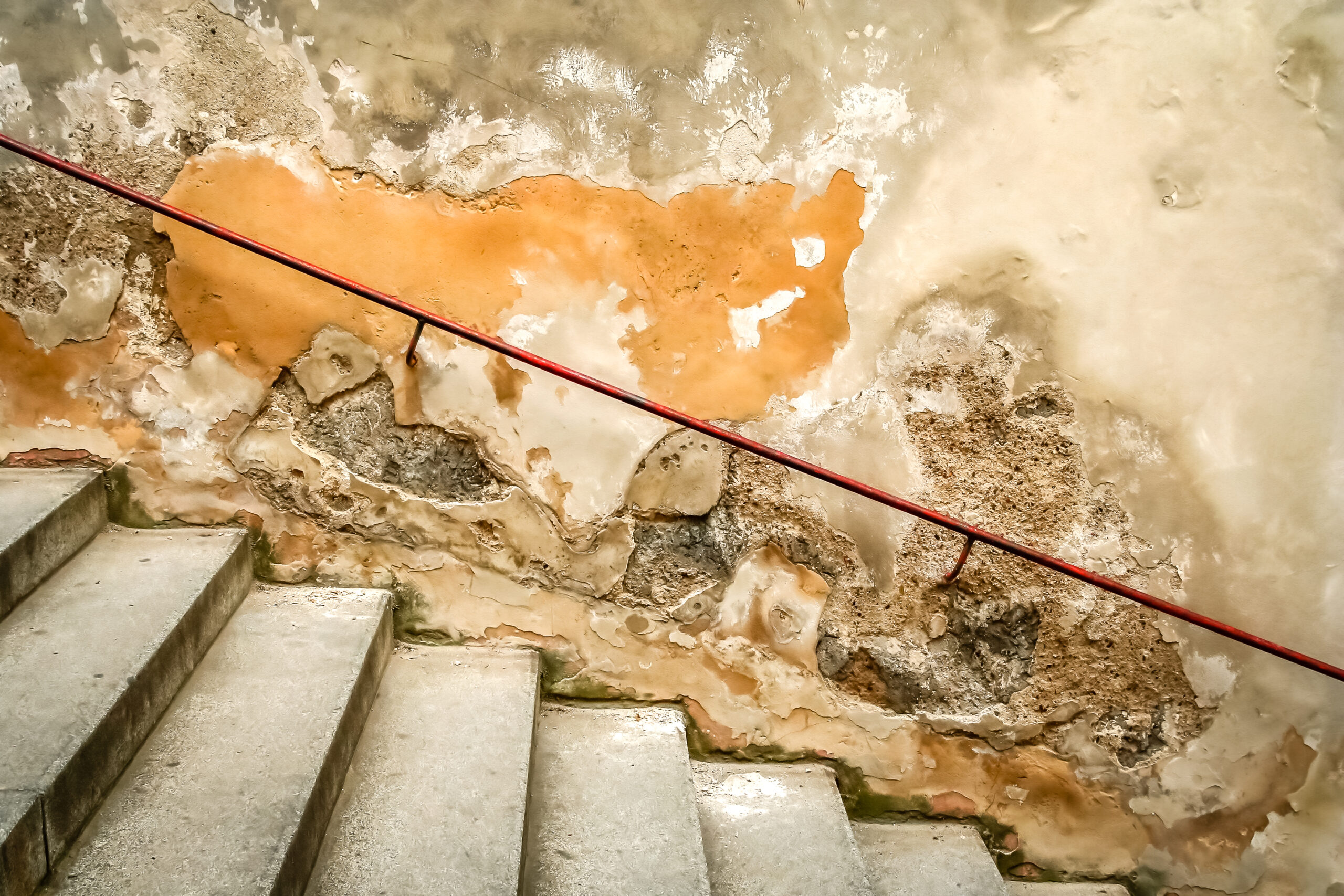If your home has been affected by water, whether it’s wet carpets and ruined flooring, or stained walls, while they all can look the same, insurance sees this differently by the cause of the water damage. The terms “water damage” and “flood damage” are not the same thing, and mixing the two up can cost you thousands in repairs. In this guide, we’ll unveil the differences between water and flood damage, explain who pays for flood or water damage restoration, and share tips to make sure you’re covered before disaster strikes.
Water Damage vs. Flood Damage: What’s the Difference
For homeowners, knowing the difference between water damage and flood damage is important. If you can spot the differences, it will be easier to deal with insurance and make sure you have the right coverage to avoid money problems from water issues.
The following are the key differences between flood damage and water damage that you should know:
What is Water Damage?
Water damage occurs when water from within your home causes harm. The water source is internal, even if the initial problem started outside, like with heavy rain. Common causes include:
- Pipes are bursting in the winter.
- Water heaters are leaking.
- Washing machines are overflowing.
- Roofs are leaking during storms.
What is Flood Damage
Flood damage happens when water gets into your house from the outside because of weather or problems with things like dams. If the water touches the ground before it comes inside, most insurance companies will call it a flood. Some examples are:
- Rivers overflow when it rains a lot
- Ocean water pushed in by a hurricane
- Fast floods after really strong rain
- Water comes in fast when a dam breaks
Major Difference Between Flood vs Water Damage
Flood damage and water damage are often confused, but they have distinct differences. Let us help you understand the major difference between flood and water damage:
| Insurance Coverage Water Damage Restoration: Typically covered by standard homeowners’ insurance for sudden and accidental incidents. Flood Damage Restoration: Requires a separate flood insurance policy, as it is not covered under standard homeowners’ insurance. |
| Types of Incidents Water Damage: Examples include leaks from appliances, plumbing issues, and roof leaks. Flood Damage: Examples include heavy rainfall causing rivers to overflow or a dam break. |
| Financial Implications Water Damage Restoration: Homeowners may be able to file claims for quick repairs without significant out-of-pocket costs if covered. Flood Damage Restoration: Homeowners must have a flood insurance policy, which may come with high premiums and deductibles. |
| Claim Procedure Water Damage Restoration: Generally, a straightforward claim process is covered under homeowners’ insurance. Flood Damage Restoration: Often involves a more complex claims process due to the need for a separate policy and potential federal involvement. |
Who Pays for the Water or Flood Damage?
It is important for homeowners to know the difference between flood and water damage restoration. Knowing the difference can affect your insurance, financial liability, and how claims are processed, so that you can be ready for your next water-related problem.
Water and flood damage are never good! The main thing you’ll have to pay for depends on your insurance:
Home Insurance Coverage
Typical home insurance usually covers sudden and accidental water damage that starts inside your house. For instance, if a pipe suddenly breaks, you’re probably covered. Must keep this in mind:
- Slow leaks caused by not keeping proper maintenance might not be covered.
- Any water that touches the ground before entering your home is seen as flood damage and isn’t covered.
Flood Insurance Coverage
For flood damage, you’ll need a separate flood insurance policy, available through the National Flood Insurance Program or private insurance companies.
- This covers damage to the structure of your house, electrical and plumbing systems, and some personal items.
- It usually doesn’t cover things like landscaping, cash, or temporary living costs.
Special Situations and Uncertainties
Here are some situations where insurance policies and companies are not responsible for covering damages.
- Sewer backups: These aren’t always covered. You might need to add extra coverage to your policy.
- Water main breaks: Coverage might depend on whether the break occurred on your property or in the city’s system.
| Caution! If you knew about a leak but didn’t fix it, your claim could be rejected! |
Conclusion
In conclusion, homeowners need to differentiate between water damage and flood damage. Water damage, usually covered in standard homeowners insurance, is internal. Flood damage cannot be covered when water enters from outside, and therefore needs flood insurance. Understanding these two terms can help homeowners plan and be financially ready for damage to their home, and make sure they have the proper coverage, so homeowners are not out of money when they experience water problems in their home.
FAQs
Is water damage Restoration covered by standard homeowners’ insurance?
Yes, water damage Restoration from sudden incidents is typically covered by standard homeowners’ insurance.
Are slow leaks covered by homeowners’ insurance?
No, slow leaks due to lack of maintenance may not be covered under homeowners’ insurance.
Can I file a claim for flood damage without a flood insurance policy?
No, you cannot file a claim for flood damage unless you have a flood insurance policy in place.


